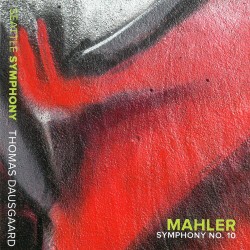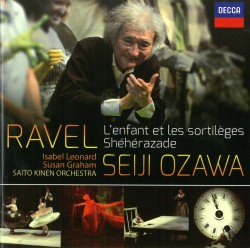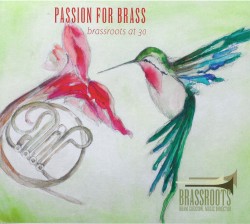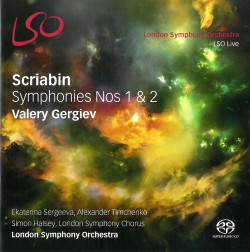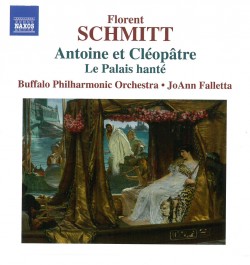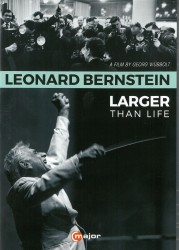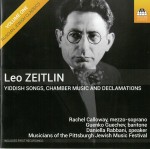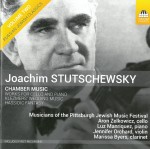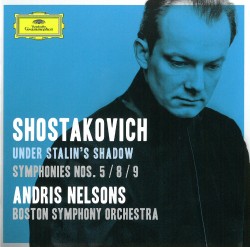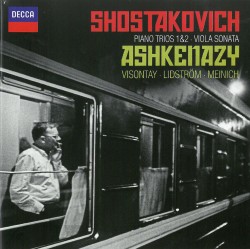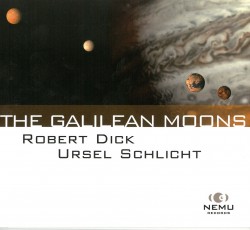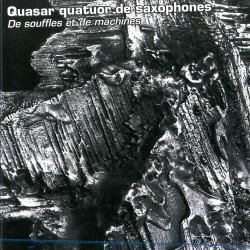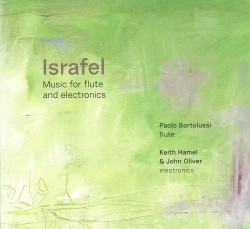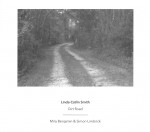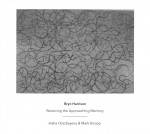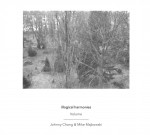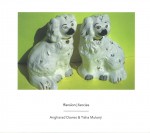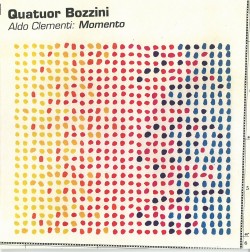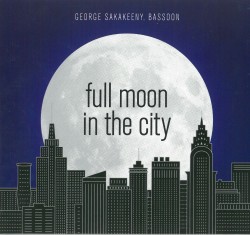Beethoven: Symphonies 1-9 - Berliner Philharmoniker; Sir Simon Rattle
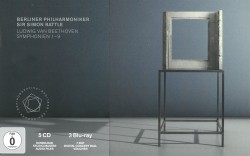 Beethoven – Symphonies 1-9
Beethoven – Symphonies 1-9
Berliner Philharmoniker; Sir Simon Rattle
Berlin Philharmoniker Recordings BPHR 160091
When setting out to listen to these new performances from Berlin one would reasonably expect to hear, yet again, the familiar, well-known sonorities of the Philharmonic in this basic repertoire. After all, with five complete cycles available with this orchestra directed by Herbert von Karajan and versions by Claudio Abbado and André Cluytens, we may be pretty sure what, with some interpretive differences, the timbre will be. EMI had recorded the complete cycle with Rattle and the Vienna Philharmonic in concert in the Musikverein in April and May of 2002, the year he assumed his new post in Berlin. Those performances broke no new ground. This one most certainly does.
Starting with, as usual for me, the Fourth and Seventh Symphonies, the ensemble sounded distinctly textured, noticeably different from the suave sonorities of so many admired performances one hears both in concert and on recordings. Listening to all nine confirmed that here are performances that bloom from inside Beethoven’s scores versus the subjective smoothing-out-the-details fashionable today. In these performances every symphony sounds newly minted. There are felicities in each and every one that capture and hold even the most jaded listener. No, particularly the most jaded listener!
For instance, the Pastoral is quite special. After the opening pages there comes a palpable feeling of serenity, a moment I don’t recall hearing before. More so than in other versions, this delicate-where-appropriate performance allows us to experience the surroundings that inspired the composer. Throughout the entire work we are with Beethoven and not looking out from a Mercedes, with the windows closed.
Bound into the sumptuous edition are five audio CDs, two Blu-ray videos of the concerts with additional material including rehearsals and observations on each symphony from conductor and players, and an engrossing impromptu talk by Rattle on Beethoven, problems of tempo, what size orchestra to employ, etc. Also a high definition Blu-ray audio disc of the nine; and included in the bound-in book is a piece by Jonathan Del Mar on his edition used in these performances.
This package is pricey … but priceless.


